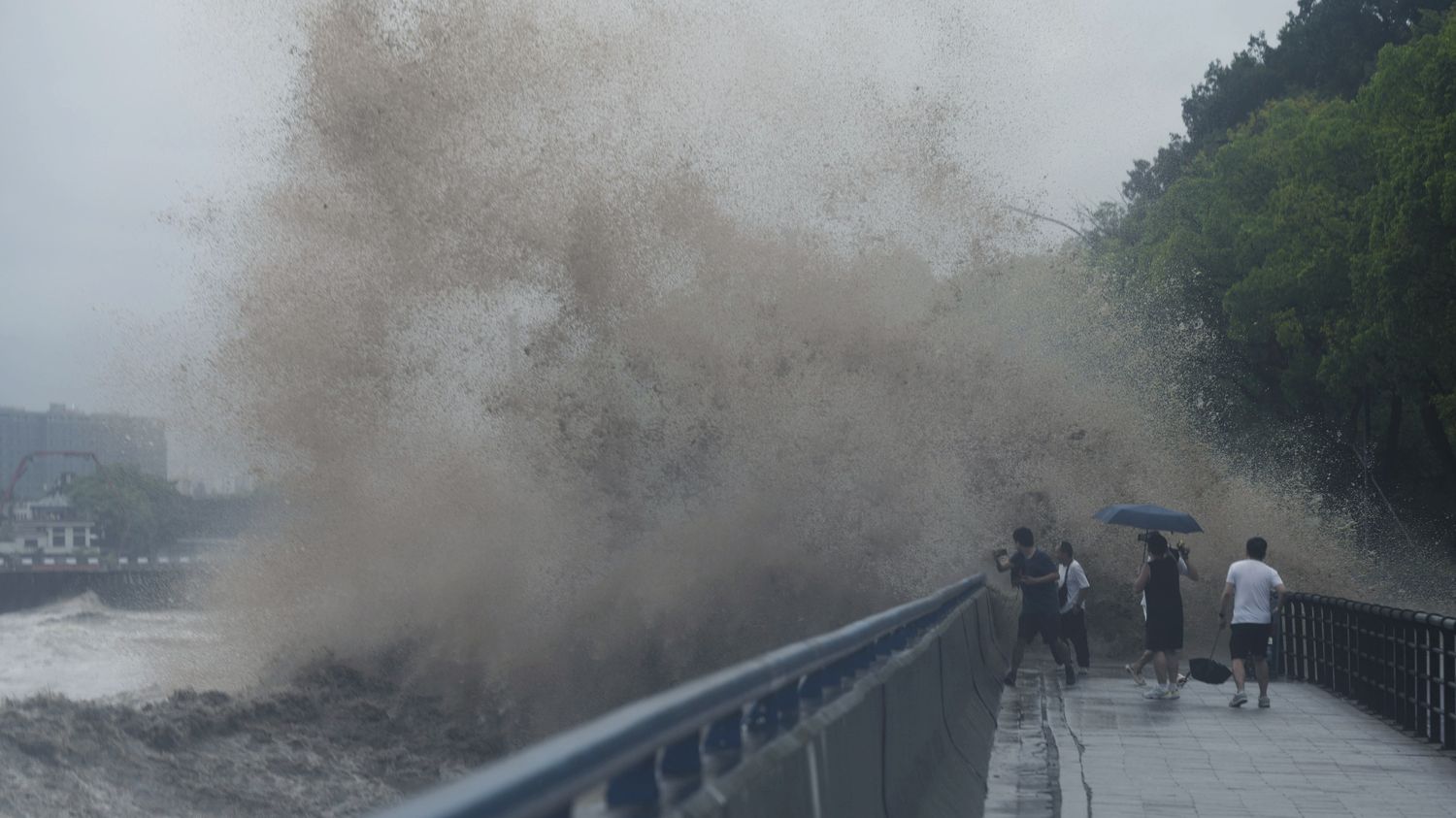Typhoon Pulasan comes days after Bebinca, the strongest storm to hit the megacity since 1949, caused widespread damage on Monday.

Published
Reading time: 1 min

After Bebinca, here comes Pulasan. The Chinese megacity of Shanghai was hit on Friday, September 20 by a second typhoon in less than a week. Typhoon Pulasan made landfall during the night, causing the evacuation of some 112,000 people, the suspension of some transport services, such as ferries and trains, as well as flooding in some neighborhoods.
Two weather stations recorded more than 300 millimeters of rainfall in a six-hour period, the heaviest in their respective districts since records began, the state-run Xinhua news agency said. The agency also reported winds of up to 83 km/h.
Pulasan “is expected to gradually weaken as it moves inland,” Xinhua said, although downpours continued to hit Shanghai on Friday morning. Many areas that were flooded earlier in the morning had been cleared by 11 a.m. local time, an AFP reporter said.
Typhoon Pulasan comes days after Bebinca, the strongest storm to hit the megacity since 1949, caused widespread damage on Monday. With winds of up to 151 km/h, Bebinca uprooted more than 1,800 trees and knocked out power to 30,000 homes. Authorities evacuated 414,000 people in Shanghai in anticipation of the storm.
With Climate change caused by greenhouse gas emissions from human activities is causing typhoons to form closer to shore, intensify faster and stay over land longer, climate scientists warn.
Since the 19th century, the average temperature of the Earth has warmed by 1.1°C. Scientists have established with certainty that this increase is due to human activities, consumers of fossil fuels (coal, oil and gas). This warming, unprecedented in its speed, threatens the future of our societies and biodiversity. But solutions – renewable energies, moderation, reduction of meat consumption – exist. Discover our answers to your questions on the climate crisis.
